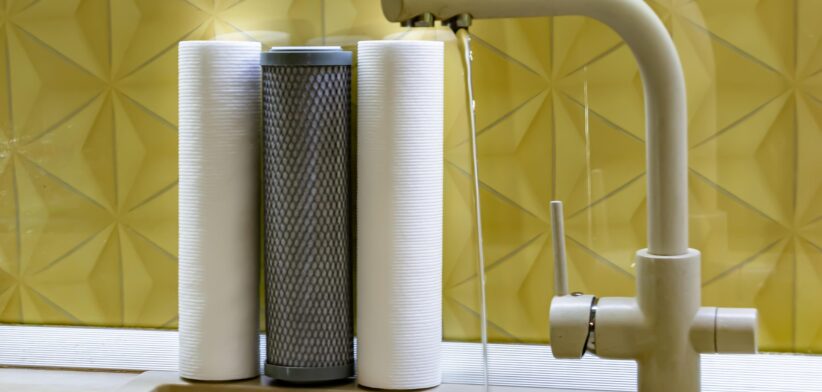Researchers have created a low-cost, energy-efficient method of capturing carbon dioxide directly from the air using a charcoal “sponge”.
Lead researcher Assistant Professor Alexander Forse from the University of Cambridge said an international team used a method similar to charging a battery to instead charge activated charcoal, which is often used in household water filters.
Assistant Professor Forse said by charging the charcoal “sponge” with ions that form reversible bonds with CO2, the researchers found the charged material could successfully capture CO2 directly from the air.
“The charged charcoal sponge is also potentially more energy efficient than current carbon capture approaches, since it requires much lower temperatures to remove the captured CO2 so it can be stored,” he said.
The results are reported in Capturing carbon dioxide from air with charged-sorbents, published in the journal Nature.
Professor Forse said capturing carbon emissions from the atmosphere was a last resort.
“But given the scale of the climate emergency, it’s something we need to investigate,” he said.
“The first and most urgent thing we’ve got to do is reduce carbon emissions worldwide, but greenhouse gas removal is also thought to be necessary to achieve net zero emissions and limit the worst effects of climate change.”
He said direct air capture, which uses sponge-like materials to remove carbon dioxide from the atmosphere, was one potential approach for carbon capture, but current approaches were expensive, required high temperatures and the use of natural gas, and lack stability.
Co-researcher Associate Professor Phillip J. Milner, from Cornell University said activated charcoal was used in many purification applications, such as water filters, but normally it wouldn’t capture and hold CO2 from the air.
Associate Professor Milner said the researchers proposed that if activated charcoal could be charged, like a battery, it could be a suitable material for carbon capture.
He said tests of the charged charcoal sponge showed that it could successfully capture CO2 directly from the air.
To collect the CO2 from the charcoal, so it could be purified and stored, the material was heated to reverse the process, he said.
“In most materials currently used for CO2 capture from air, the materials need to be heated to temperatures as high as 900°C, often using natural gas. However, the charged charcoal sponges only require heating to 90-100°C, temperatures that can be achieved using renewable electricity.”







